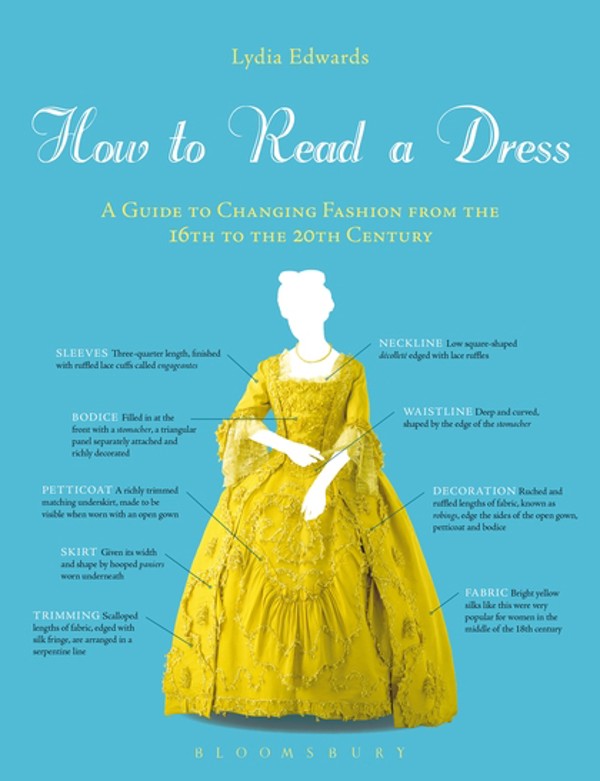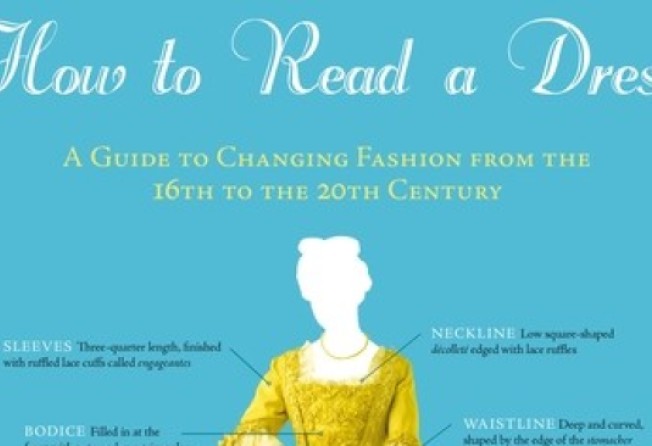
by Lydia Edwards
Bloomsbury Academic
Using portraits and museum pieces, Lydia Edwards unpicks women’s clothes and their meanings from the 16th to the 20th centuries


Who-knew moments pepper this guide to Western fashion, including the fact there was something called the Aesthetic Dress movement (of which Oscar Wilde was a key figure). But otherwise, this is a dress-by-dress study, with help from illustrations, of styles from the 16th to 20th centuries. Writ large in the garments (some showing incremental changes, some dramatic) are attitudes towards gender, class and standards of decency. Lydia Edwards helps unpick the clothes, some from portraits of women, others from examples that hang in museums. Interesting also are media observations, for instance, of the late-19th-century new princess-line style, which had Punch magazine saying that women wearing these dresses were “so cocooned that they could barely move”. Indeed, readers will feel the restrictiveness of womenswear through many periods of history. There were also “ridiculous” designs, including the “enormously protruding” shelf bustle, which stuck out from the back at a 90-degree angle. Edwards’ aim is to provide a zippy sartorial journey through four centuries, meaning hers is more a reference tool than something to read cover to cover. Period-movie fans could also use it to check how true costumes are to reality.